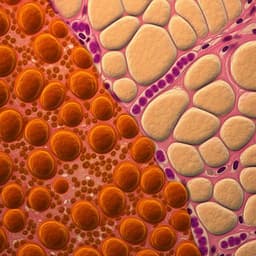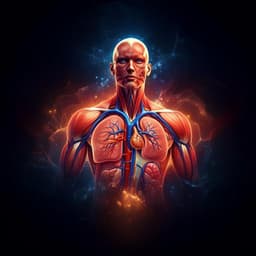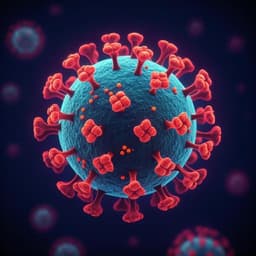
Health and Fitness
Diurnal variations of brown fat thermogenesis and fat oxidation in humans
M. Matsushita, S. Nirengi, et al.
This study by Mami Matsushita and colleagues explores the intriguing diurnal patterns of nonshivering thermogenesis (NST) in healthy humans, revealing compelling connections between brown adipose tissue activity and breakfast consumption. The findings highlight the potential implications of skipping breakfast on obesity and metabolic health.
Playback language: English
Related Publications
Explore these studies to deepen your understanding of the subject.







